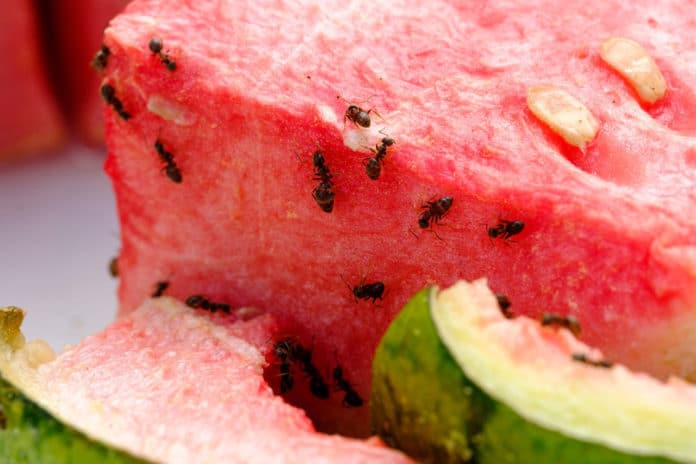At a perceptible level, some portion of the ant colony life-cycle is simple: a colony gathers assets; these assets are changed over into more ants, and these ants this way gather more assets. Because more ants collect more resources, this is a multiplicative process, and the expected logarithm of the number of resources determines how thriving the colony will be in the long run.
Scientists have studied particular examples of this for many years. There are not unifying frameworks to comprehend the general sorting out standards of animal movement. Now an interdisciplinary team of scientists from the University of Bristol has created a model of a collective movement that predicts how individuals in tight-knit groups should move, considering how their movement behavior should be optimized for colony-level success at finding food.
One of the authors, Dr. Edmund Hunt from the University of Bristol’s Department of Engineering Mathematics, said: “We recognized that the challenge an ant colony has to solve is the same as the challenge of a gambler trying to maximize long-term wealth.”
“The mathematician John Kelly produced a result in 1956 showing that the way to do this is to bet on games in proportion to the probability of winning – so bet more money on more likely outcomes.”
“The ants, then, should allocate their foragers (their ‘wealth’) to foraging areas according to how likely they are to find food there.”
“If this is indeed the best strategy, evolution should have produced movement behaviors that result in ants preferentially spending time in areas with a high probability of payoff.”
The new framework for animal movement generates theoretical predictions for the way highly related collectives of organisms should move around, which in future can be examined experimentally in a wide range of biological systems.
Their research is published today in the journal Royal Society Interface.
